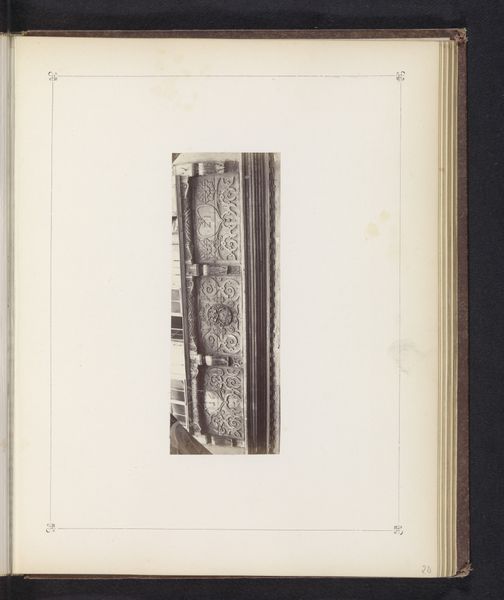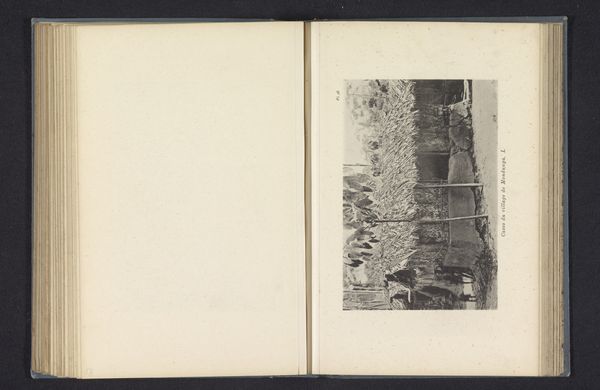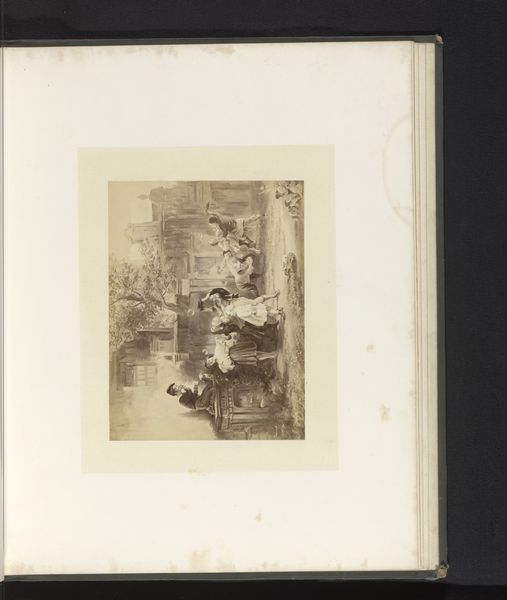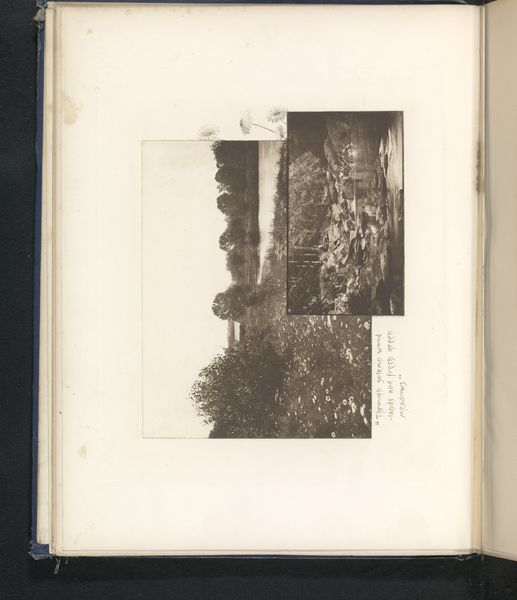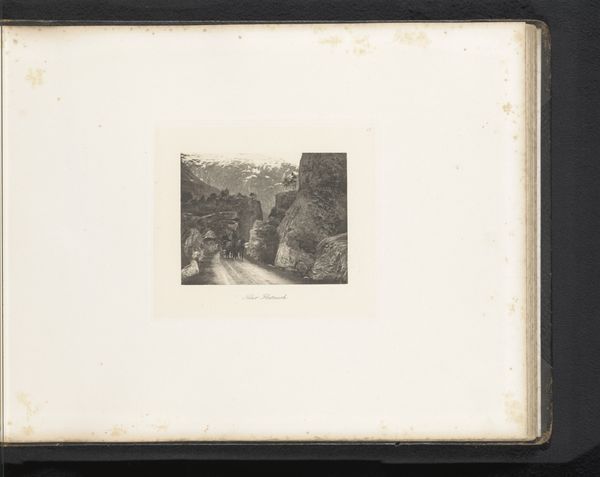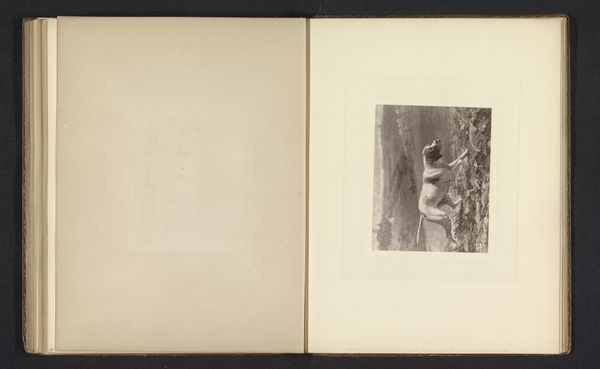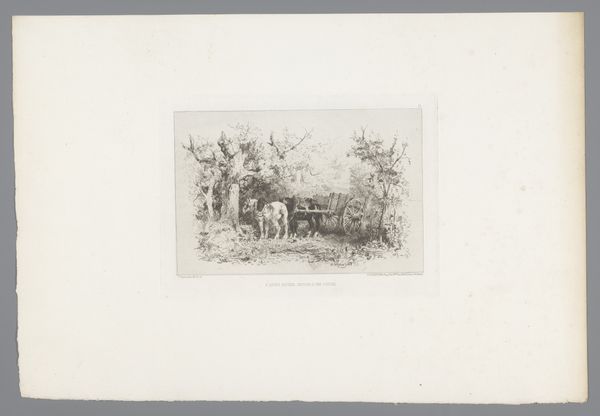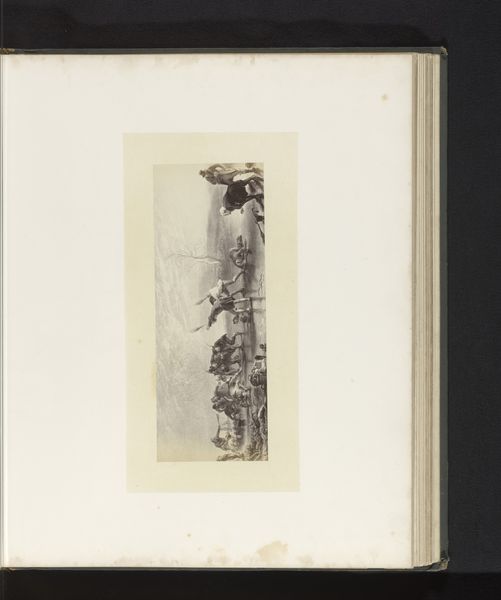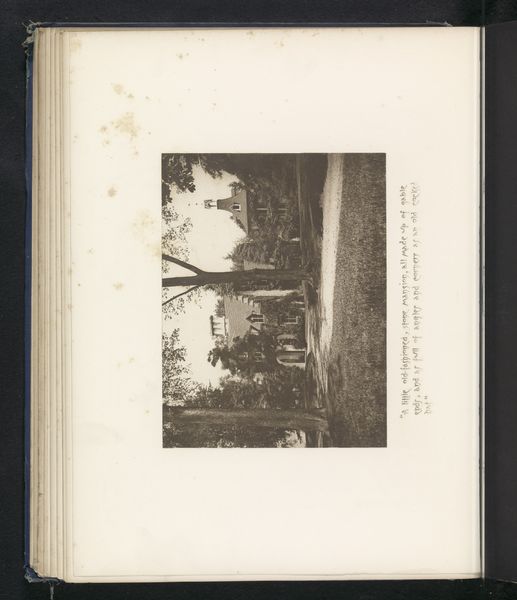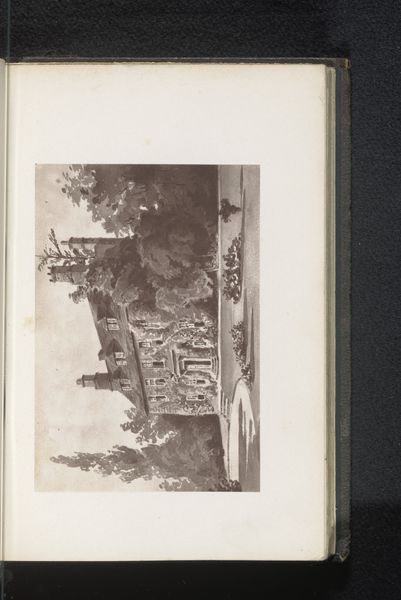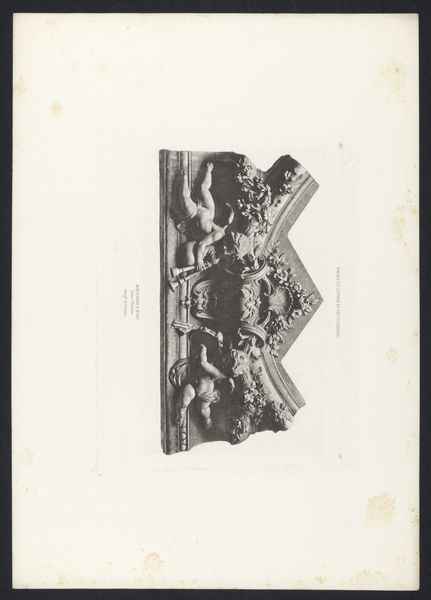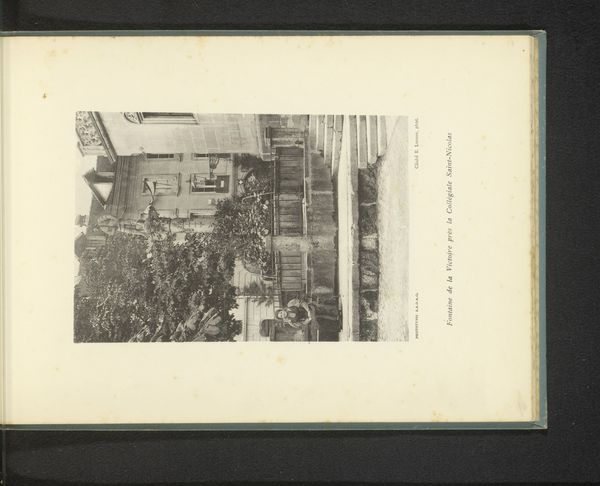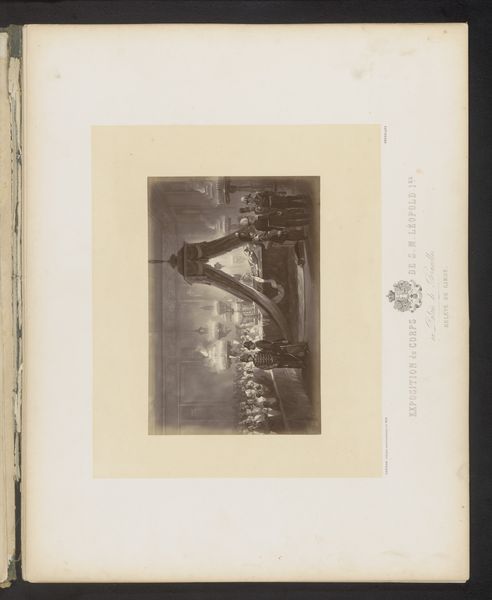
Tempelwacht naast een ruïne, vermoedelijk in Baalbek, Libanon 1867 - 1885
0:00
0:00
photography
#
landscape
#
photography
#
ancient-mediterranean
Dimensions: height 219 mm, width 278 mm
Copyright: Rijks Museum: Open Domain
Editor: This photograph, taken by Félix Bonfils between 1867 and 1885, is titled "Tempelwacht naast een ruïne, vermoedelijk in Baalbek, Libanon," or "Temple Guard next to a ruin, probably in Baalbek, Lebanon." I find the stoic figure juxtaposed with the crumbling grandeur so evocative. What stands out to you in this piece? Curator: Well, immediately, I'm drawn to the materiality and the social context surrounding its creation. Think about the albumen print process itself - the labor involved in preparing the chemicals, coating the paper, the exposure time, and the final print. Each step reflects a specific set of skills and available resources. Consider too, the Western fascination with the "Orient" during this period, how photographs like these were produced and consumed within colonial power structures. Editor: So, it's less about the romanticism of the ruin and more about the industry and perception that created it? Curator: Precisely. We must think about who is doing the looking, for what purpose, and with what impact. How the materials and the labor shaped the way the world was perceived and consumed. It is important to consider how the photographer’s choices around staging and posing also reinforced certain narratives and beliefs about the region and its inhabitants. Editor: That really reframes how I see the photograph. It's no longer just a beautiful scene, but a product of specific cultural and economic forces. Are there other aspects of the material or social processes that particularly highlight this dynamic? Curator: Yes, consider the distribution of these photographs, as keepsakes for tourists or ethnographic documents for scholars. Each mode of consumption carries its own set of power dynamics. By acknowledging the process, materials, and social context, we get a richer and more complex understanding of the image. Editor: This perspective gives us a fascinating and crucial awareness. It’s transformed my appreciation – now I’m thinking about all the unseen labor and motivations behind it. Curator: Indeed. And by examining these elements, we challenge the notion of the photograph as a purely objective representation, seeing it instead as a product of its time and the circumstances of its creation.
Comments
No comments
Be the first to comment and join the conversation on the ultimate creative platform.
